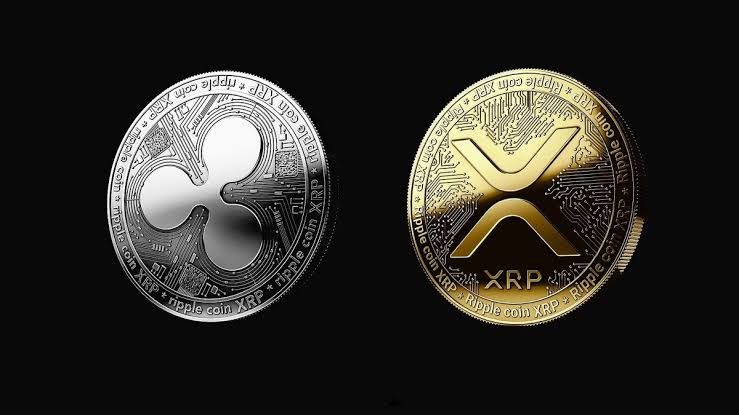Flare Network, in partnership with Enosys Loans, has launched the first-ever XRP-backed stablecoin.
Powered by Liquity V2, this development marks a huge milestone for the XRP ecosystem, extending its role beyond remittances and strengthening its presence in decentralized finance (DeFi).
How Flare’s XRP-Backed Stablecoin Works
Enosys has introduced Enosys Loans, the first-ever Collateralized Debt Position (CDP) protocol built for XRP. The system allows holders to mint a trustless, overcollateralized stablecoin directly on Flare. It is initially supported by FXRP (wrapped XRP) and wrapped Flare token (wFLR), with staked XRP (stXRP) to follow soon.
A CDP protocol lets users lock their crypto as collateral to mint a stablecoin that closely tracks $1. For XRP holders, this means they can borrow against their assets without selling them thereby unlocking liquidity while maintaining long-term exposure to XRP’s price movements.
The design is underpinned by a stability pool, which covers outstanding debt in liquidation events. Users who stake their stablecoins in the pool earn real yield from minting fees, interest payments, and liquidation rewards, making stability an incentivized community-driven process.
At the heart of the system lies the Flare Time Series Oracle (FTSO). Unlike centralized data feeds, FTSO aggregates prices from independent providers to deliver accurate and tamper-resistant collateral pricing. This ensures the minted stablecoin remains reliable and secure under all market conditions.
Read also: Uphold Explores XRP Staking via Flare Network, Expands U.S. Crypto Offerings
Liquity V2 at the Core
Enosys Loans is a fork of Liquity V2, one of DeFi’s most trusted CDP protocols. Since 2021, Liquity has secured billions in collateral while maintaining a dollar peg during extreme volatility.
Liquity V2 keeps the core values of immutability, decentralization, and security but adds improvements like user-set borrowing rates, higher capital efficiency, and protocol-driven liquidity incentives.
On Flare, users can lock FXRP (a 1-to-1 representation of XRP) to mint the stablecoin. For the first time, XRP holders gain access to a decentralized dollar-pegged asset backed by their own tokens, enabling borrowing, liquidity provision, and yield generation.
Borrowers can even set the annual percentage rate (APR) they’re willing to pay. However, the trade-off is that loans with the lowest rates are the first to be redeemed if the stablecoin slips below $1, balancing flexibility with systemic stability.
Support for stXRP will soon unlock dual benefits, including that XRP holders can earn staking rewards while using their staked tokens as collateral to mint stablecoins.
Rewards and Incentives for XRP-Backed Stablecoin Users
To bootstrap adoption, Enosys Loans integrates reward Flare tokens (rFLR) into its ecosystem. Borrowers and stability providers can earn rFLR by participating in the stability pool or providing liquidity on decentralized exchanges.
This layered incentive model rewards users for engaging and also strengthens liquidity flows across the Flare ecosystem.
Read also: Stablecoins: Their Roles in the Crypto Ecosystem, Types and Associated Risks
Expanding XRP’s Role in DeFi
The launch has already seen early adoption. U.S.-based firm Everything Blockchain has incorporated Flare’s XRP DeFi framework to manage its crypto treasury, an encouraging sign of trust in its resilience and utility.
Meanwhile, adoption across the XRP Ledger (XRPL) continues to grow. According to XRPScan, the number of active XRPL accounts has surpassed 7 million, signaling rising engagement across the network.
Traditionally used as a bridge currency and payments token, XRP is now stepping into DeFi. With this launch, XRP can serve as collateral for decentralized stablecoins, bridging Flare and XRPL, while opening new use cases for developers, institutions, and investors worldwide.
If widely adopted, Enosys Loans could establish XRP-backed stablecoins as a foundation for the next wave of DeFi applications ranging from payments and trade finance to dApps and cross-chain interoperability.






